The Guru in Helambu
“Like a pillar hoisted in the sky, you, steep Mount Jomo, Noble Lady;
not abiding in one color; but at all times changing with the seasons;
entirely surrounded by snowy peaks that are like powdered camphor;
we, holders of the transmission of Padma, praise you as our dwelling place!”
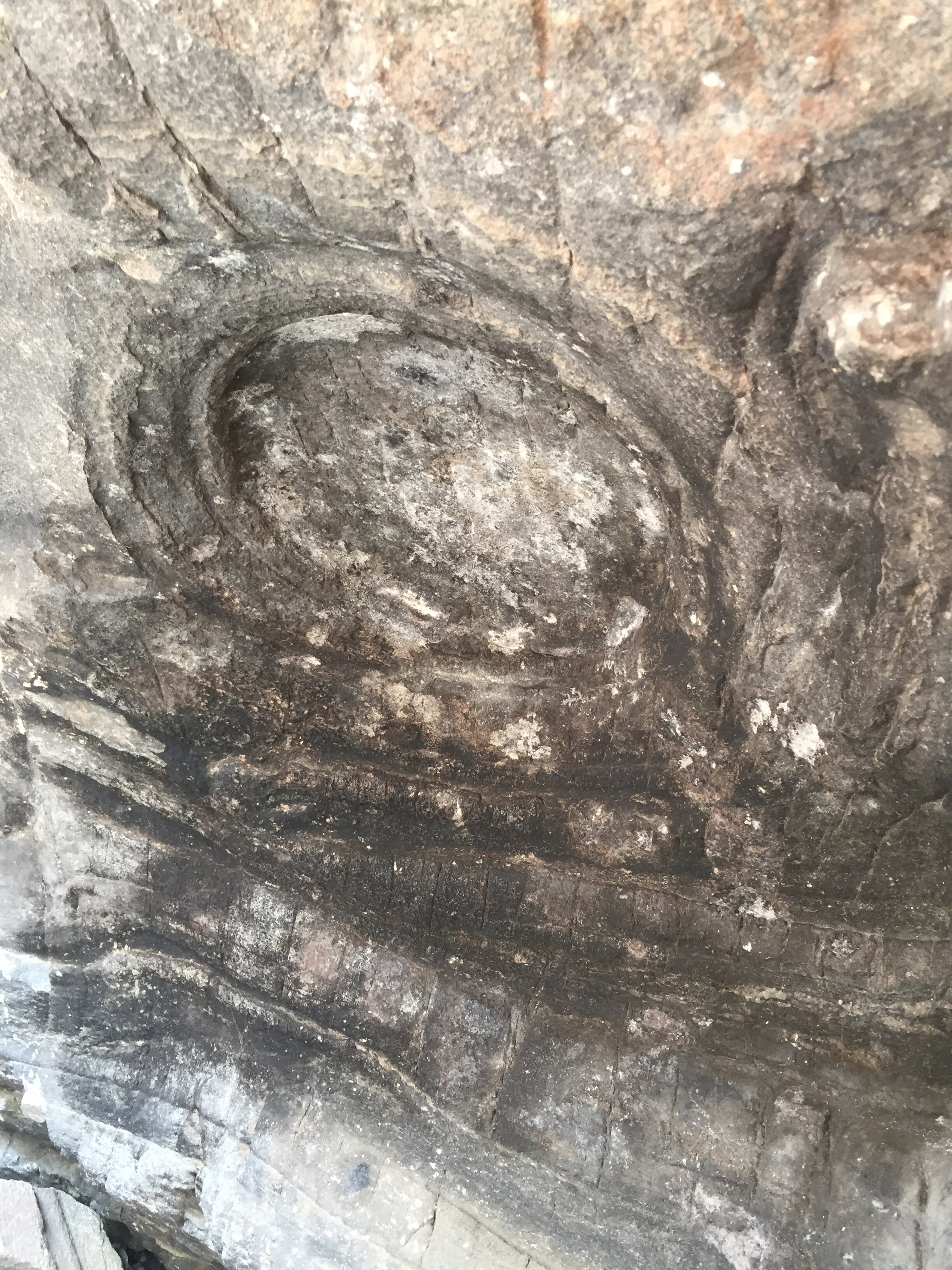
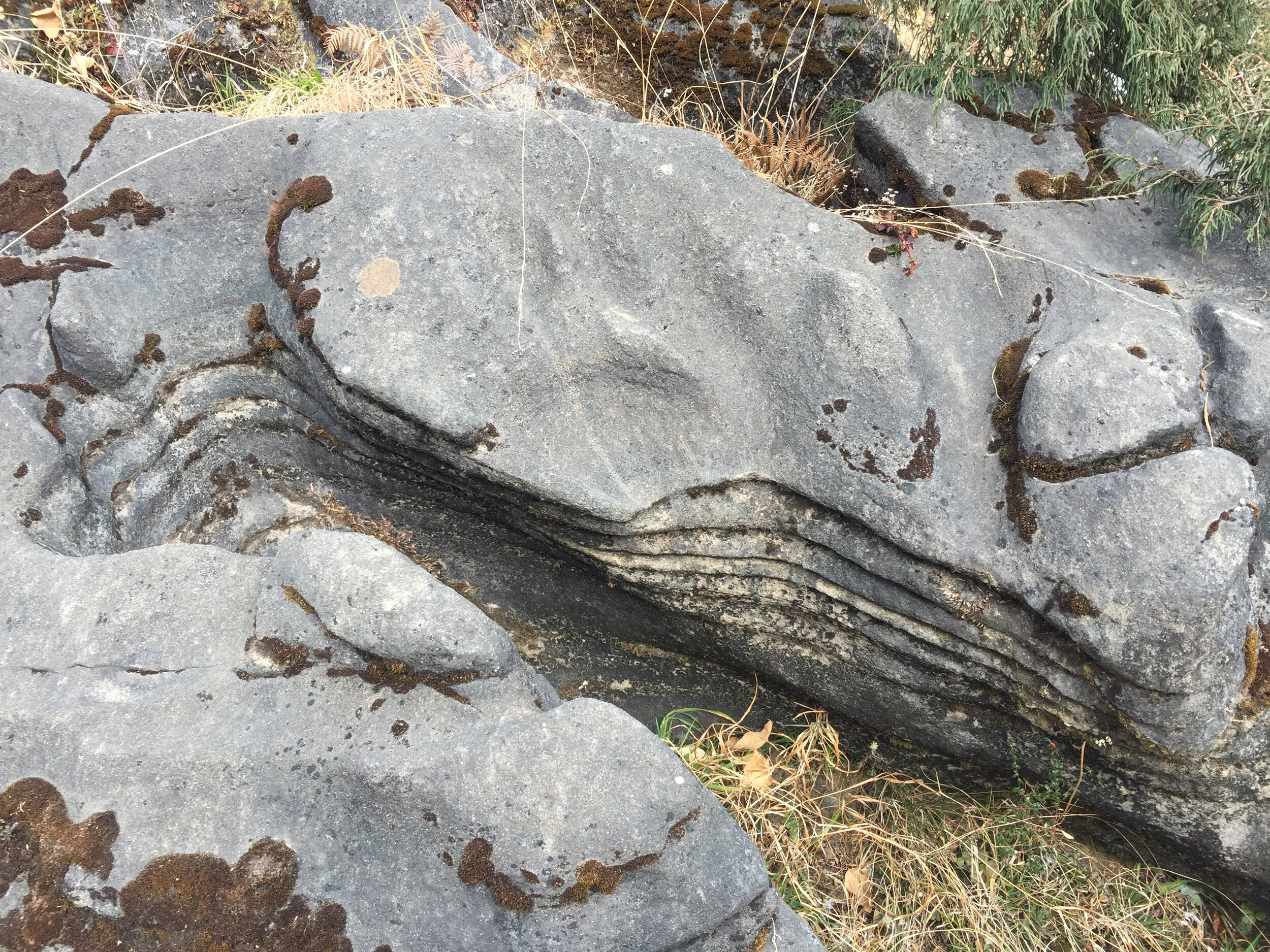
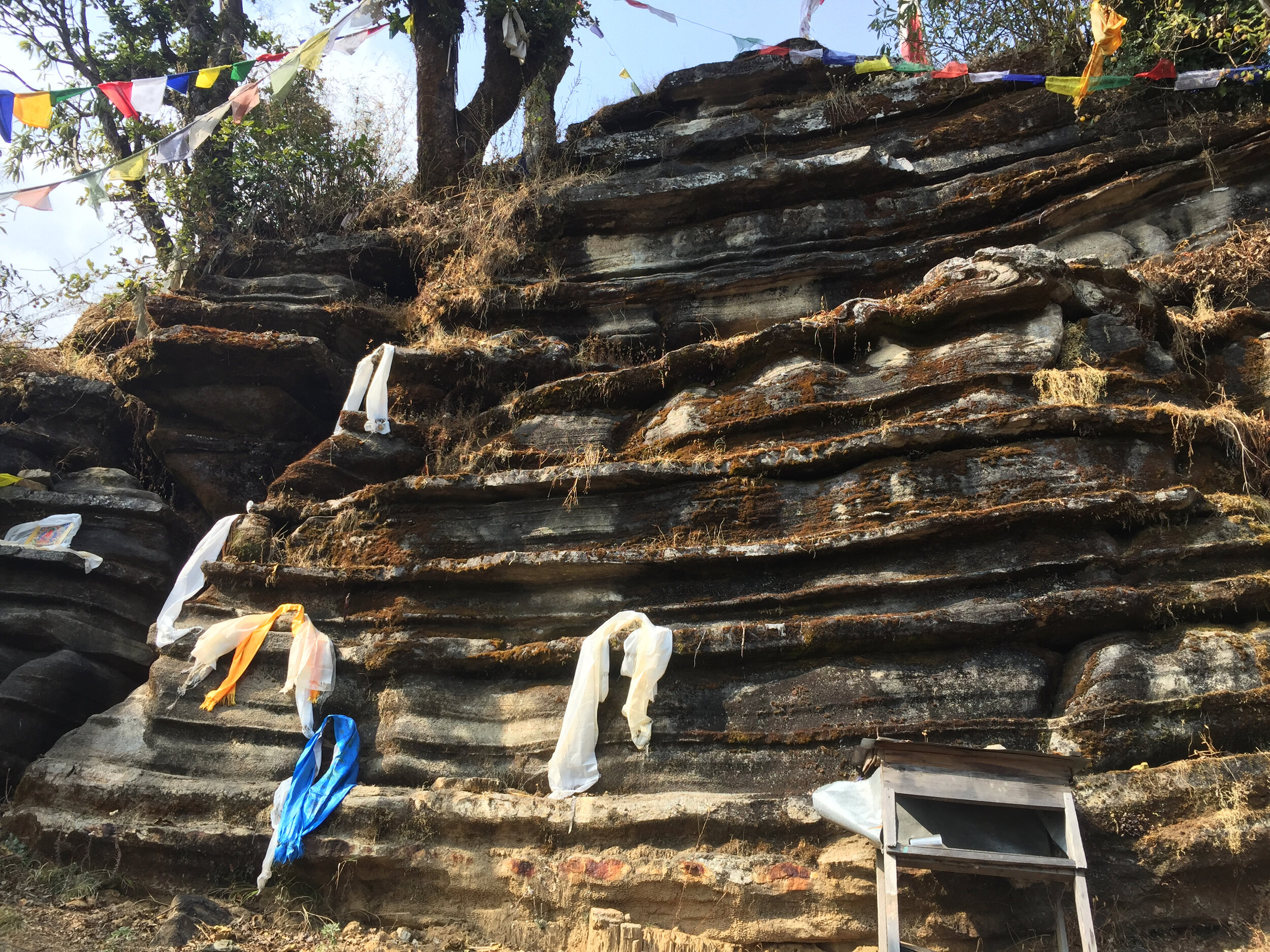
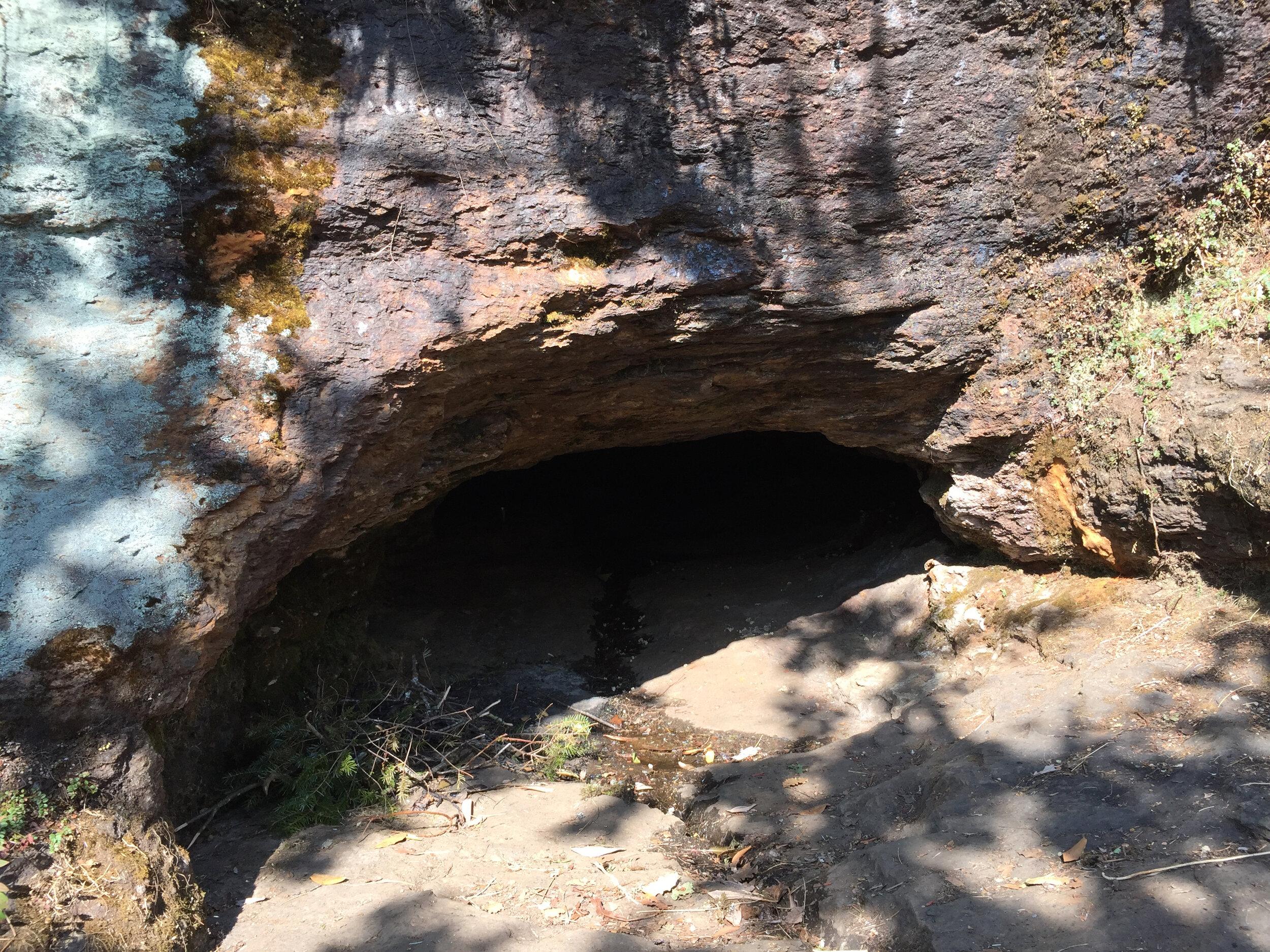
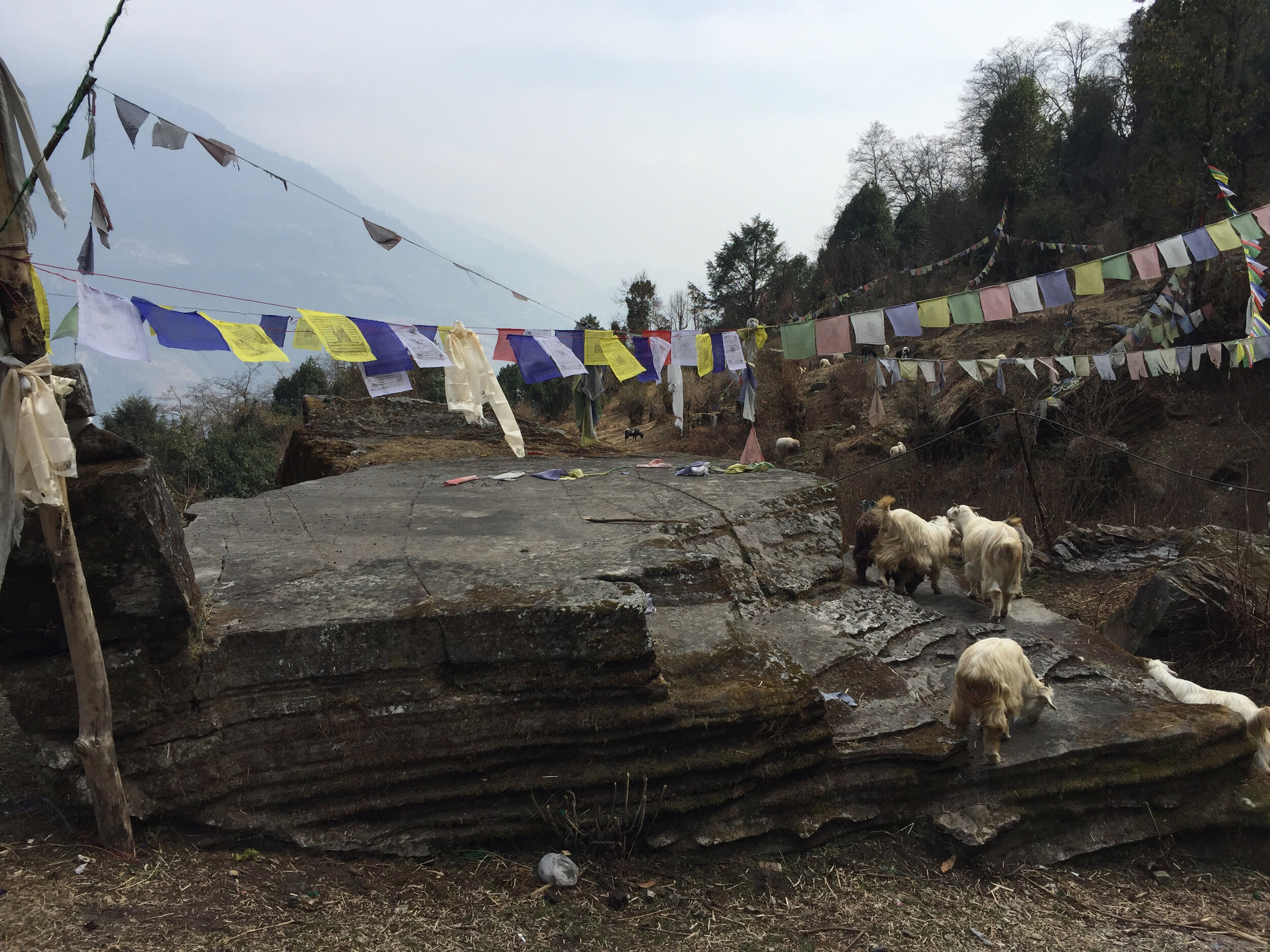
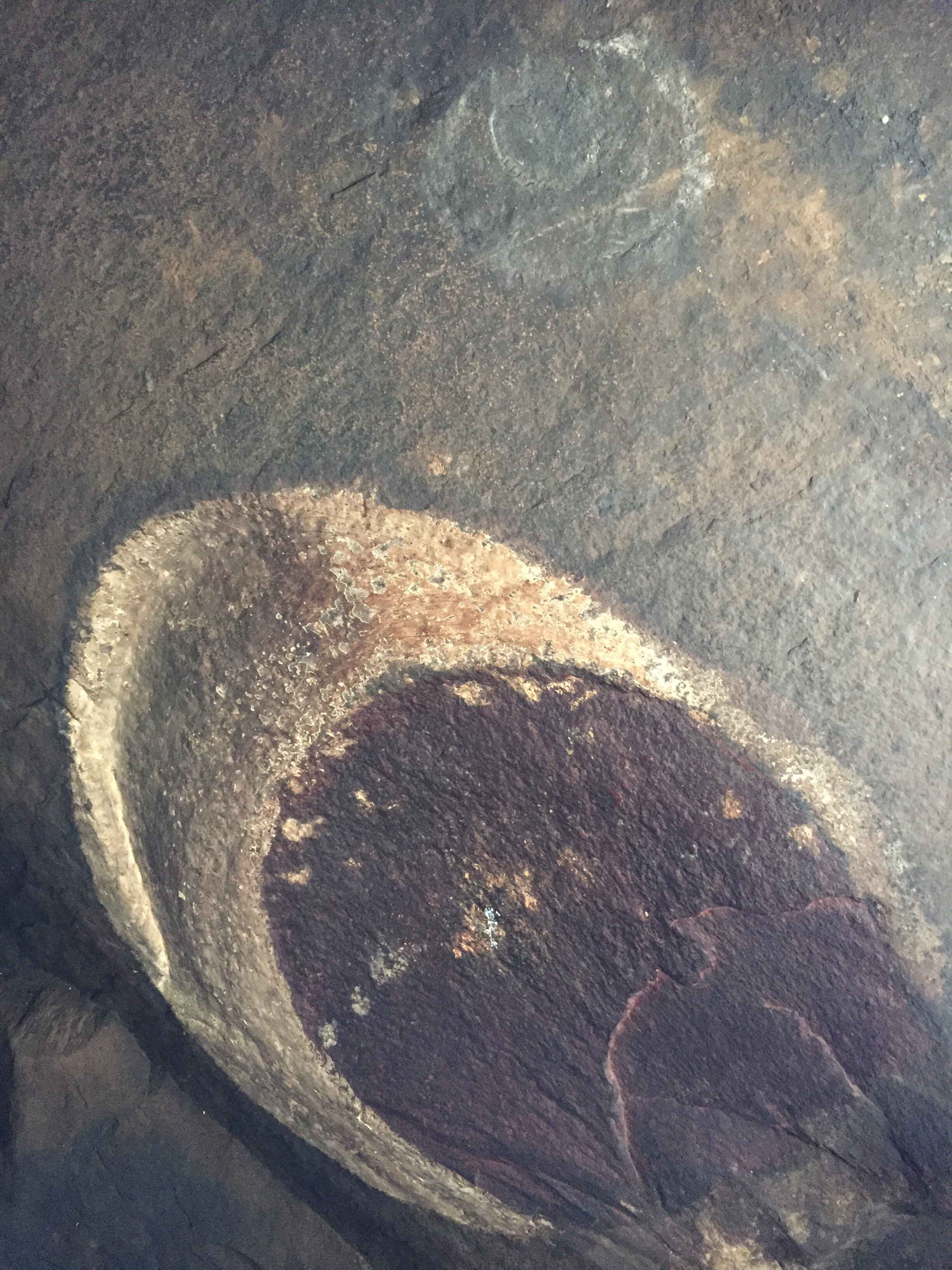
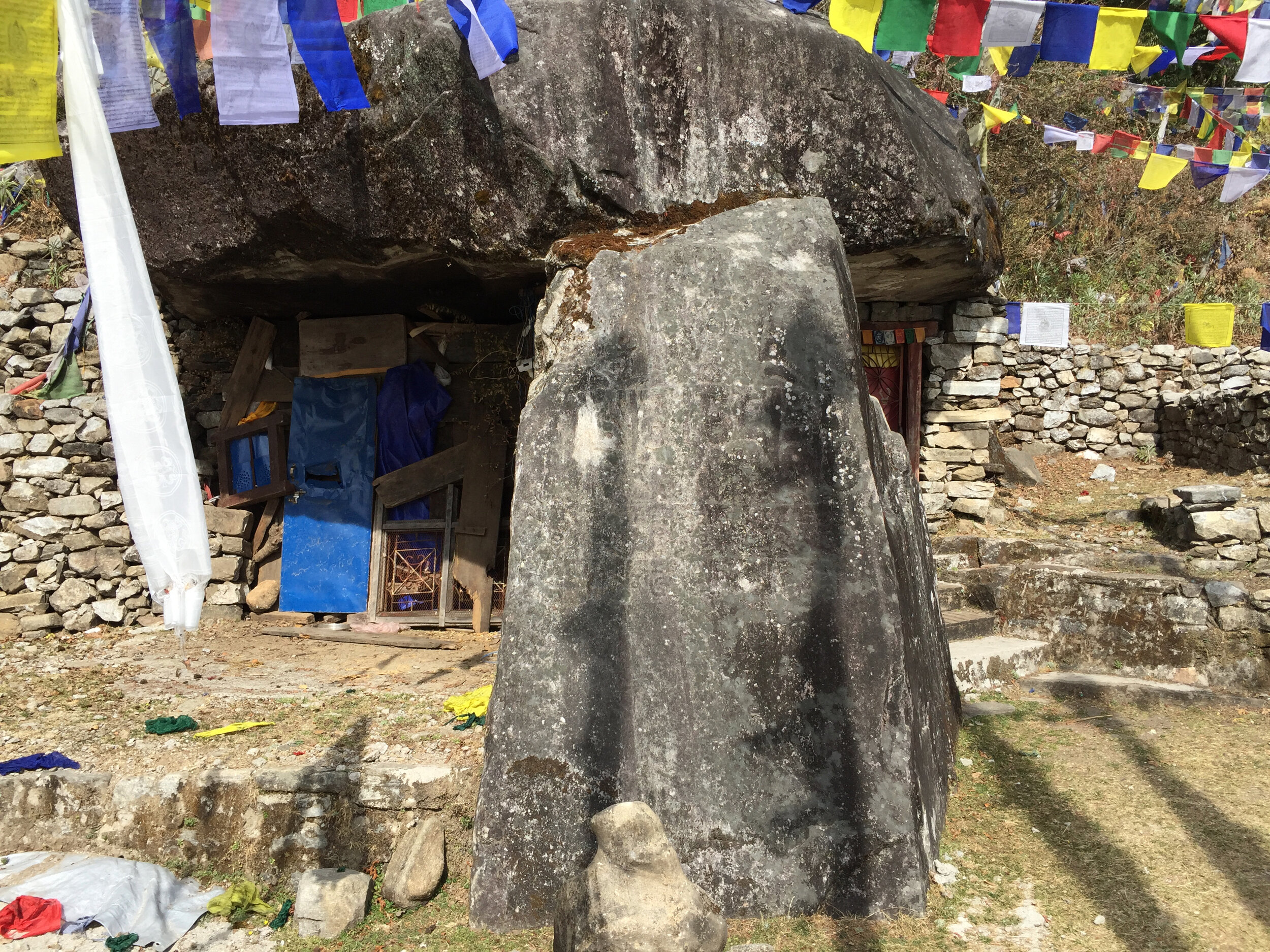
Introduction to the Hidden Valley of Helambu
Nestled just northeast of the Kathmandu Valley in Helambu, home to the Hyolmo people, lies the beyul Bepé Pema Tsal, Hidden Lotus Grove. This modern day sanctuary was blessed first and foremost by Guru Rinpoché and countless masters to follow. According to the vision of the terma treasures, this beyul obtained the name Lotus Grove, since it is in the shape of a blossoming lotus. The beyul encompasses a number of parallel valleys cutting north-south, with the Langtang and the Himalayan range to the north and foothills leading to Kathmandu to the south. The Melamchi river, famed for its delicious and pure water, cuts through the center. The surrounding hillside villages speak Hyolmo, a language very similar to and derivative of Tibetan. Here you will find a wealth of monasteries, caves, and naturally arisen remnants of the Precious Master, Padmasambhava, and the disciples who followed him to this land.
Opening the Hidden Valley
It is the year 1523. Mongolian armies are invading Tibet and the famous Bhutanese treasure revealer Padma Lingpa (1450-1521) had just passed away. In this turbulent time Pema Lingpa’s heart son, Chokden Ngönpo (1497-1557), was engaged in fierce and powerful tantric rites as to counter and repel the invading armies. The need for safe places to practice the dharma has become ever greater. Chokden Ngönpo journeys to the famous Jowo temple in Kyirong, where he meets with the treasure revealer Ngakchang Shakya Zangpo, who was meditating in a nearby cave. Chokden Ngönpo brings up the pressing issue of finding safe places to practice the dharma. He hands Shakya Zangpo treasure guides detailing the way to Beyul Pema Tsel, The Hidden Lotus Grove and urges Shakya Zangpo to find it. While there is no biography available detailing Shakya Zangpo’s journey and the hardships he encountered on the way, we do know that following the treasure guide, he successfully journeyed to Helambu and opened the hidden valley.
Most recently, Kyapjé Chatral Rinpoche (1913-2015) spent many decades of retreat here. Describing both its natural beauty and spiritual power, he writes,
The mountains rise like spiked weapons towards the sun. The mountains that lie in shadow spread like flames. In this snow-encircled, broad sandy plain, Padmasambhava and an assembly of realized beings, thinking of those in later generations, hid innumerable profound Dharma treasures. All around and in every place, fragrances fill the air. Plantains and other edible plants bloom in abundance without being sown. Amiable birds, waterfowl and wood pigeons empty the mind of its weariness. Inner understanding and virtues naturally increase, benefiting the activity of path, view and meditation. For the practitioner of rushen and chöd there is no better place than this! This strife-free hidden-land of Padmasambhava is no different than the eight great charnel grounds of India. Surrounded by moats of water and walls of earth and rock, Graced perpetually by clouds, mist, and rain, the valley is naturally sealed from the outer world. If from among a hundred there are a few endeavoring to practice Dharma from their hearts, I say, ‘Come to this place for the attainment of Buddhahood in this life!’” Practitioners of the inner yogas remove obstructing conditions here. May there be spontaneous and auspicious benefit for oneself and others.
Though this precious teacher has passed, many of his heart-students still live in Helambu, and for good reason. These blessings of Guru Rinpoché are quite palpable, and its charm is unmistakable.
Words from the masters
The significance of this site is captured in the following works:
A Praise to Yolmo Gangra – Kyapjé Chatral Rinpoché
Guide to the Hidden Land of Hyolmo – Khenpo Nyima Döndrup
How to Get There
To get to Helambu, you can take a bus or a jeep to any of its villages. From Chabilchok near Boudha, you can find buses running daily to Timbu (27°57'7"N 85°32'49"E), and buses will also run as far as Melamchigyang. If you like hiking you can also reach Melamchi Ghyang via a four-day hike. Since the hike is quite popular, you will easily find a map outlining the hike at one of the shops in Thamel or Boudha. Lodges and food are available in all the villages.
While in Helambu
Melamchi Ghyang - Map Location
Many of Helambu’s homes were destroyed in the earthquakes that hit Nepal beginning in 2015. Still, lodges have been built using wood and steel, and the villagers are undertaking the slow process of rebuilding their lives. Melamchi Ghyang in particular provides access to some of the main sites associated with Guru Rinpoché.
Rangjung Nyida Drubphuk, Self-arisen Meditation Cave of the Sun and Moon - Map Location
Just above the main town of Melamchi is a cave containing statues of Guru Rinpoché and his consorts, with daily offerings maintained by the local villagers. On the cave ceiling you can find the naturally arisen sun and moon that lend the cave its name. Here, Guru Rinpoché and his consorts meditated, and the sacred site is treated with immense reverence by the locals.
Neding - Map Location
On the opposite side of the valley from Melamchi Ghyang is Neding, a small retreat house surrounded by prayer flags, which served as one of Chatral Rinpoché’s meditation places.
Shugtri - Map Location
To the west of the town, a short walk across a bridge and up stone steps, you can visit Padmasambhava’s Shugtri, or teaching throne.
Khandro Sangphuk - Map Location
Walk to the other side of town and find the Khandro Sangphuk, or secret dakini cave, which Guru Rinpoché dug himself from which still, in the summer months, flows water he used to bath with, as well as naturally arisen images of dakinis.
Other Notable Sites Near Melamchi Ghyang
Near the village is also a rock shaped like Zangdokpalri (Map Location), the heavenly palace of Guru Rinpoché, and a place where Guru Rinpoché is said to have made tea (Map Location). Below the village you will find a rock where he tied his horse (Map Location), and farther below the Orgyen pesha, or lotus hat (Map Location). Just look to the left once the trail forks towards Timbu and Nakote. In addition, you’ll find dakini footprints in the area — just ask around.
The Center of the Valley: Tarke Ghyang - Map Location
On the other side of the valley you will reach Tarke Ghyang, considered the center of the hidden land. You can walk to Tarke Ghyang from Melamchi Ghyang, first down to the Melamchi River and then up the other side through the village of Nakote.
Churi Gompa - Map Location
Churi (also called Tsuti and Dzoeril) Gompa in Tarke Ghyang is the the region’s first recorded monastery. It was originally built by Shakya Zangpo who discovered and opened the beyul. The story goes that he received a list of hidden lands from a fellow student of his root teacher, Godemchen, and then proceeded from Tibet’s borderlands to Yolmo. Once there, he engaged in strenuous meditation, conversing with Ama Yangri (Map Location), the protecting spirit of the valley who inhabits the mountain above Tarke Ghyang and who it is named after. She directed him to a nearby site, and with the help a single ox, he built his monastery.
Though the monastery itself was rebuilt many times, and will need to be rebuilt yet again due to recent earthquake damage, you can still see a juniper tree planted by Shakya Zangpo himself, as well as his footprints embedded in the monastery’s rock alter. Ask the monastery’s caretaker, you might even get to see the skull of the ox who carried the stones to build it. His meditation cave, or drubphuk (Map Location), is a short walk above the monastery — just ask to caretaker to open it for you.
Ama Yangri - Map Location
While staying in Tarke Ghyang, you can take a day to walk to the sacred peak of Ama Yangri. The large stupa at the top has been destroyed, but you will find it the perfect place for 360-degree views of the valley, from the low mountains to the south, up northwest towards Langtang and northeast towards the rest of the Himalaya range. Dorje Lekpa is one of the largest to be seen, with its imposing triangular shape, and some say you can even see Everest in the distance.
Drupé Drong - Map Location
Just above Tarkegyang on the slopes of Ama Yangri is the village of Drupé Drong, or "Meditators’ Village", where students of Chatral Rinpoché still live and practice. Unfortunately, the village was severely damaged in the 2015 earthquake. Nevertheless, if you wish you can visit Chatral Rinpoché’s Zimkhang, or “retreat room,” in which Rinpoché practiced for many years.
Sites in Helambu Revealed by Chatral Rinpoché
Yangdak Chok
High up in the mountains, far above and behind Ama Yangri peak, about a one day hike away from Tarkegyang, Chatral Rinpoche opened up a new Guru Rinpoché cave during his decades of practice in the valley. Known as Tongshong Phuk, it is relatively close to what is considered the crown jewel of Helambu, Guru Rinpoché’s cave known as Yangdak Chokyi Drubphuk, “The meditation cave of the supreme Shri Heruka”. One can reach there from Tarkegyang, but the journey is extremely strenuous. The help of a guide and travel during the fall or spring months is required.
The 6th Shamarpa had this to say about his visit in the 17th century:
“At the sacred meditation retreat of Yangdak Chok, the rear mountain is covered with a mixture of forest, meadow and glacial scree, as if enclosing all by design, and the mountain in front is like the overlapping folds of a gown. Among all the lands of India and Nepal, it has the clear form of a natural Mandala. The mountain ridge to the right, like a five-pronged Vajra, encloses the site like an ornamental drape. In the centre is a rocky hill piled up like a heap of wish-fulfilling jewels, and at it’s centre is a cave of attainment, broad and imposing. There is a rock overhang like a canopy of the gods. Happy and at ease, the mind becomes clear. Consciousness is relaxed, and there is an upsurge of joy. Above the cave, on a broad and even boulder, footprints of the Dakinis are quite clear, and there is a Parikrama path of the Dakinis. Inside the cave is the Guru’s headprint, a self-manifest effigy of the Guru, and so on. Extraordinary blessing, treasure of the ocean of wonders beyond compare. In the meditation caves of princess (Mandarava) and Yeshé Tsogyal are many forms, wondrous self-manifest secret Bhaga, the footprints of the eight Dakinis and five prophesied capable ones. To preserve the Guru’s footprint, Mandarava covered it with a rock, and on the cracked surface of a large composite rock nearby are amazing images of treasure containers, amulet boxes and so on, once genuine sources of treasure. Later, the four Dakinis were seen playing there, but disappeared when (people) came near, and one can see there the gaming boards on which they played. In the rock is one resembling an Indian style gaming board, and in one way of seeing, there are many forms of triangular matrices, and what are said to be the self-arisen volumes of the teachings of the nine vehicles, a nine-level square playing board on the surface of the rock, and so on. There are many such things. In any case, simply going there clarifies one’s consciousness, it is an exceptional holy place which transforms perception.”
Yangleshö
While residing at Yangdak Chok and looking down into the valley, Chatral Rinpoche had a vision of Guru Rinpoche, based upon which he identified a large cave in the valley as a second Yangleshö. Thus, The Crucial guide to the Yolmo Snow Enclosure states:
“In the northern hills resembling a precious stupa is a cave facing southeast that is the sacred place where I, Padmasambhava of Odiyana, performed meditation on Yangdak Chok from the peak above, one can see the (Asura) cave at Yangleshö those who go there will be freed from birth in the lower realms I declare that those who meditate on devotion to me, Padmasambhava shall see my face and attain the siddhis of the supreme Mahamudra in this life.”
Like Yangdak Chok, this cave is difficult to reach and you will need an experienced guide to find it. Such a guide may be found in Tarkegyang. Since the caves are quite far away you will need to be prepared for an overnight stay at either Yangdak Chok or Yangleshö.
Beyond these two caves, there are more sites which Chatral Rinpoche recognized and at which he practiced and gave teachings. Just ask the locals for information about them.
Other Sites in Helambu
Milarepa’s Cave - Map Location
While the Nyingma lineage has deep connections to the valley, the Kagyü lineage also consider Helambu a holy place of practice. It was blessed by Milarepa, who was told by his teacher Marpa to go to Helambu and meditate there. Today you can still visit the cave where he meditated, mentioned in Milarepa’s biography by as Takphug Senge Dzong ("Tiger Cave Lion Fortress”); locals just call it the Mila Takphug. A half day excursion from Melamchi will get you there and allow you to soak in the blessings of this site. It was visited by one of the principle students of Tsangnyön Heruka, writer Milarepa’s famous biography, known as Gotsang Rechen, who himself established Gotsang Ling in the area during the 16th century. The monastery can still be visited, halfway between Tarkegyang and Timbu, though it was badly damaged in the earthquake. A new stupa dedicated to Tseringma, Milarepa’s main protective deity, has been built here in 2016.





